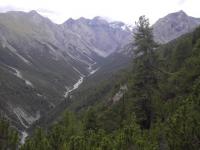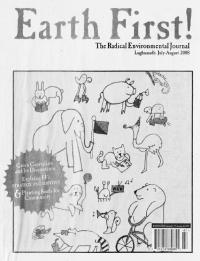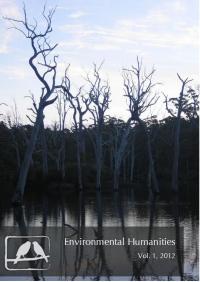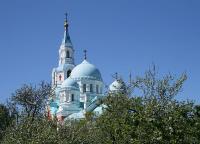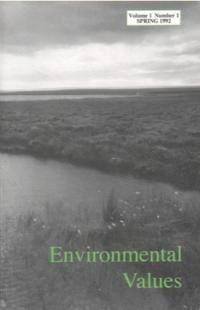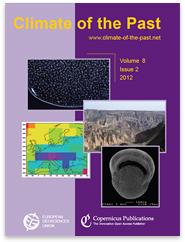The Swiss National Park: A Model of Nature Conservation for Scientific Research
Established in 1914, the Swiss National Park was one of Europe’s very first national parks. Scientific research became its hallmark and it became an important model for the establishment of protected areas around the world.


